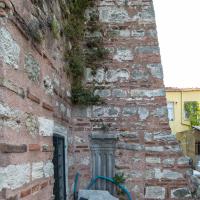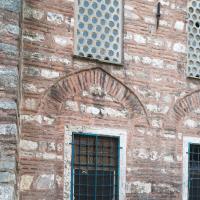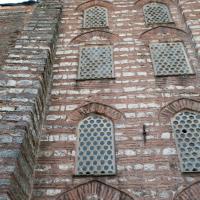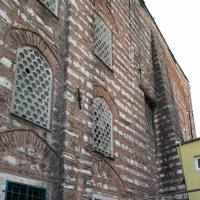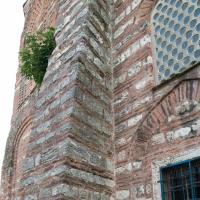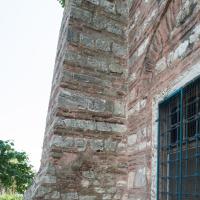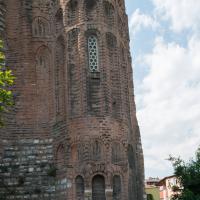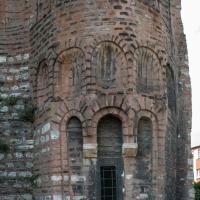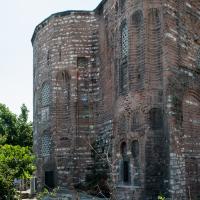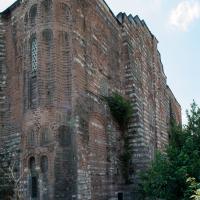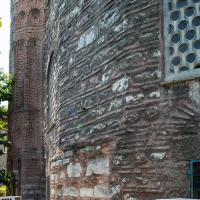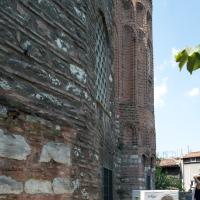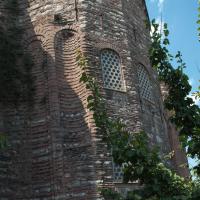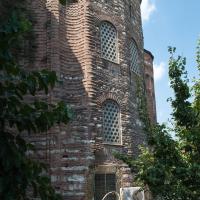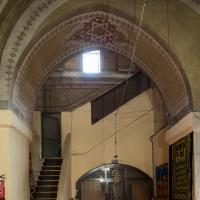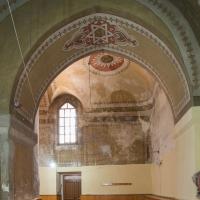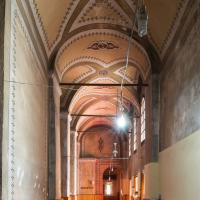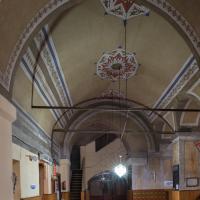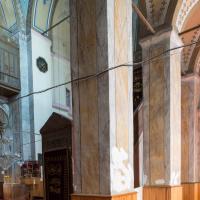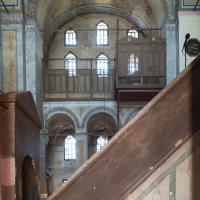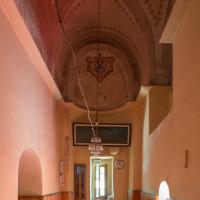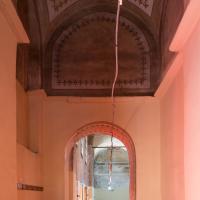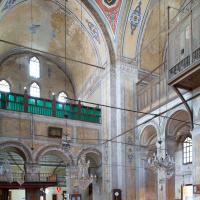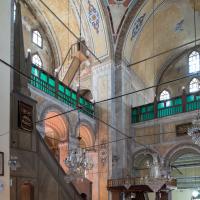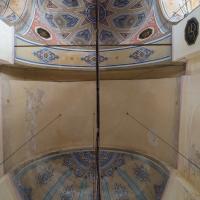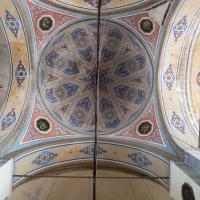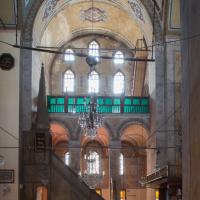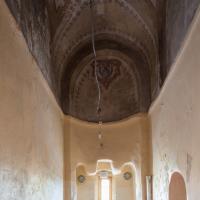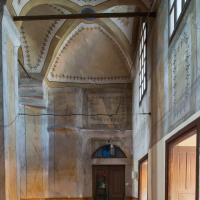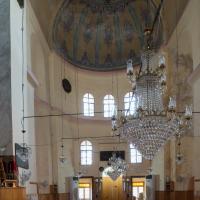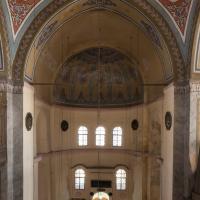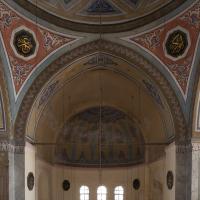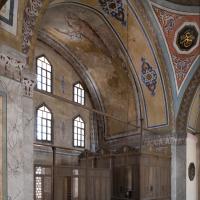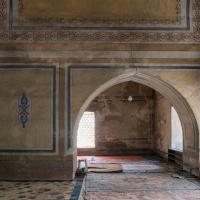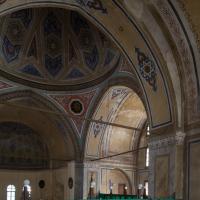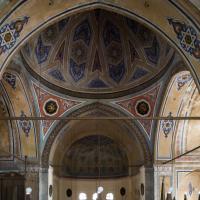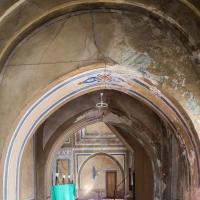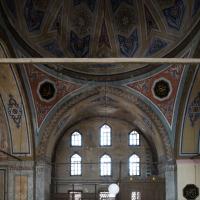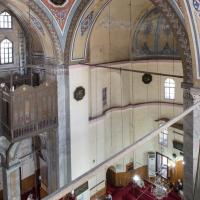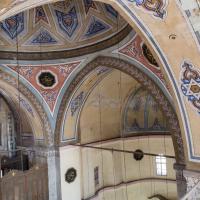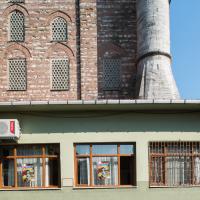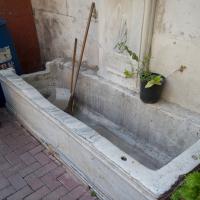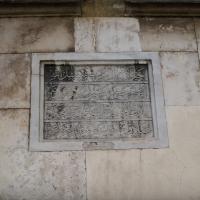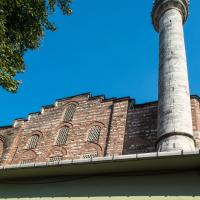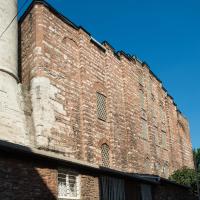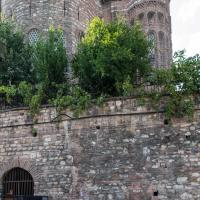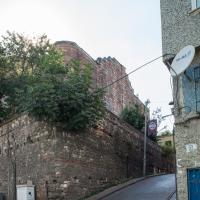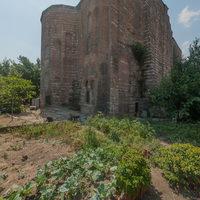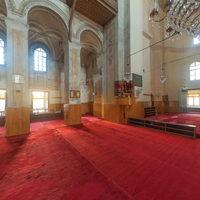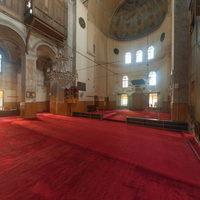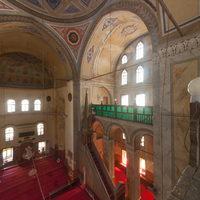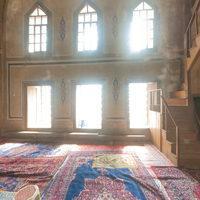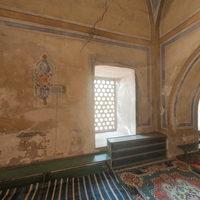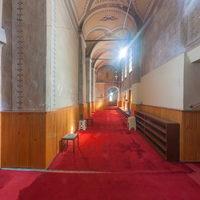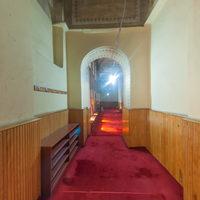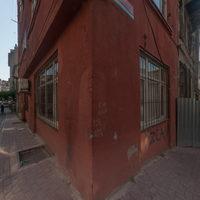Hagia Theodosia
Unknown
10th or 11th century
Description
Situated on the southern bank of the Golden Horn, close to Ayakapı (the gate of the Saint in Turkish), the former Middle Byzantine Church, today called as Gül Camii has an intricate and obscure history.
Based on fragmentary historical evidence that points the existence of three churches in this neighborhood, Gül Camii has been tentatively identified as the church of Hagia Theodosia, or the katholikon of the monastery of Christos Euergetes (Van Millingen 1912: 165-66; Janin 1964: 289-90; Müller-Wiener 1979: 140-3; Aran 1979: 211).
According to the Vita of Theodosia, the saint was buried near the quarter τα Δεξιοκράτους, and her feast was celebrated on July 18 according to the Synaxarium of Constantinople (or on May 29, according to various sources: Pargoire 1906: 165, Aran 1979: 212). Around the year 1200, Antony of Novgorod mentions that he visited the relics of Saint Theodosia situated in a nunnery without specifying its name (Aran 1979: 212). A century late, another Russian pilgrim reports that the relics were kept at a monastery bearing the saint’s name (Aran 1979: 213). However, a century later, Zosimus places the relics in the Monastery of Christ Euergetes, which was explained by various scholars by a second monastery that the church of Saint Theodosia must have been attached (Aran 1979: 213).
The recent archaeological surveys conducted by K. Dark and F. Özgümüş in the same neighborhood have revealed the remains of the chapel that had been previously documented by Schneider in 1936, and proposed to be the remains of the Church of Saint Theodosia, of which size is certainly smaller than Gül Camii, or the possible remains of the Monastery of Christ Euergetes (Çetinkaya 2003: 113).
The history of the Monastery of Christ Euergetes is not clearer than the history of the church of Saint Theodosia or the church of Saint Euphemia in Petrion located in the same neighborhood. A certain John Comnenus, served as the protosebastos and megas domestikos in the early twelve century, and possibly the nephew of Alexius I or Manuel I is considered to be the founder of the monastery of Christ Euergetes, which was established on the site of his house (Aran 1979: 215).
Converted into a mosque in the late fifteenth century by Molla Hüsrev Mehmed Efendi -according to the Garden of Mosques, it was converted under Selim II in the sixteenth century-, the structure has gradually surrounded by additional annexes, such as the bath of Küçük Mustafa Paşa. Over the years, the structure has undergone extensive repairs, which obstructs a better understanding of its architectural history.
VR Tour
Map Location
Bibliography
- Aran, Berge, “The Church of St. Theodosia and the Monastery of Christ Euergetes. Notes on the Topography of Constantinople,” JÖB 28 (1979): 211-28.
- Brunov, Nikolai, “Die Gul-Djami von Konstantinopel,” BZ 30 (1929-30): 554-60.
- Cetinkaya, Haluk, “Ayakapı Şapeli Civarındaki Kalıntılar,” Dünü ve Bugünü ile Haliç (Istanbul, 2003): 109-119.
- Ebersolt, Jean. Les Églises de Constantinople (London, 1979): 111-129.
- Forschheimer, P.- J. Strzygowski, Die Byzantinischen Wasserbehalter von Konstantinopel (Wien, 1893).
- Janin, Raymond, Constantinople Byzantine (Paris: 1964): 289-90, 340-41, 407-8.
- Mathews, Thomas F., The Byzantine Churches of Istanbul: A Photographic Survey (University Park: PA, 1976):128-9.
- Müller-Wiener, Wolfgang, Bildlexikon zur Topograhie Istanbuls (Tübingen, 1977).
- Pargoire, Jean, “Constantinople: L' église Sainte-Theodosie,” EO (1906): 161-65.
- Πασπάτης, Αλέξανδρος, Βυζαντιναί μελέται Τοπογραφικαί και ιστορικαί (Κωνσταντινούπολης, 1877): 320-22.
- Schäfer, Hartmut, Die Gül Camii in Istanbul (Tübingen, 1973).
- Van Millingen, Alexander, Byzantine Churches in Constantinople: Their History and Architecture (London, 1912).

